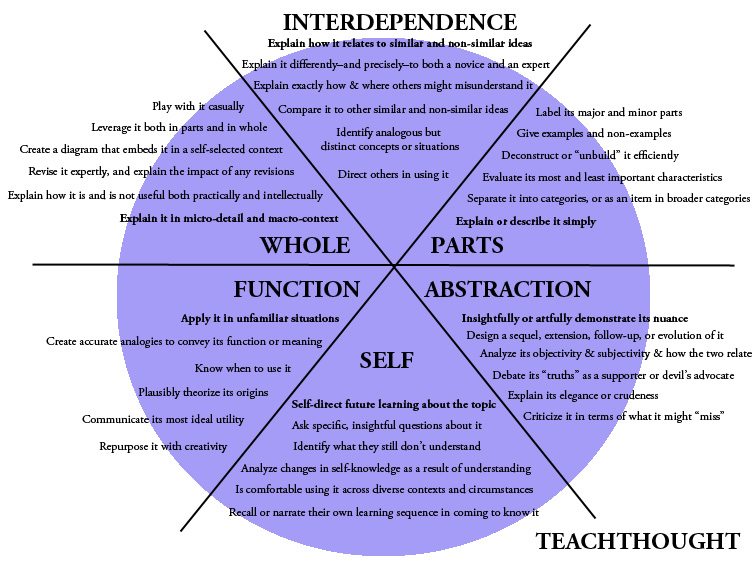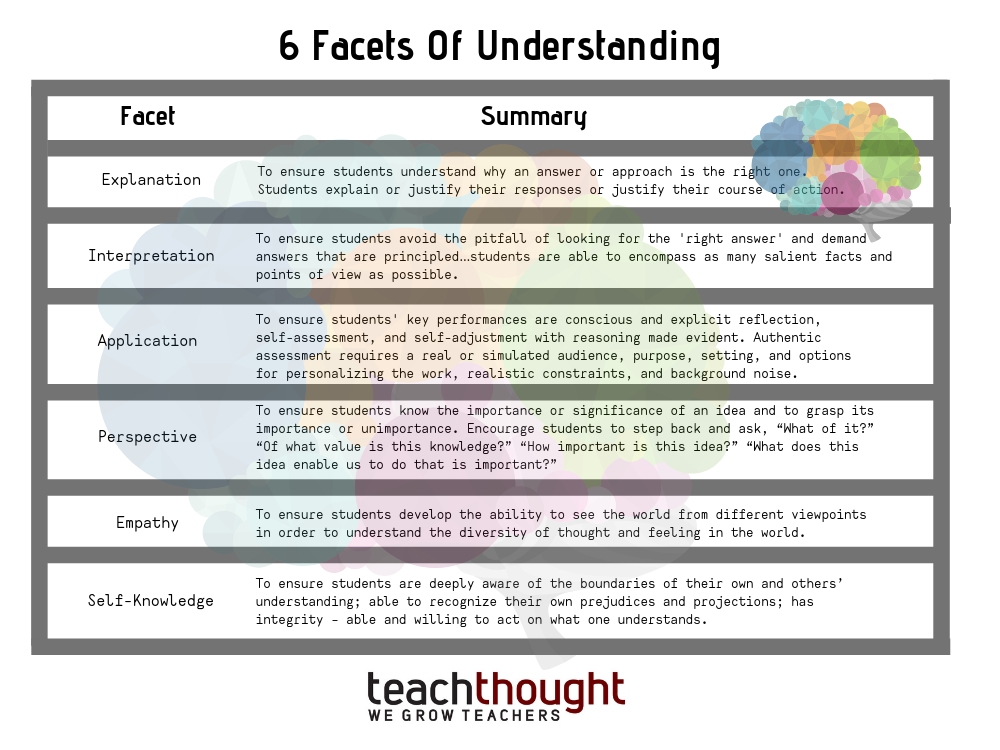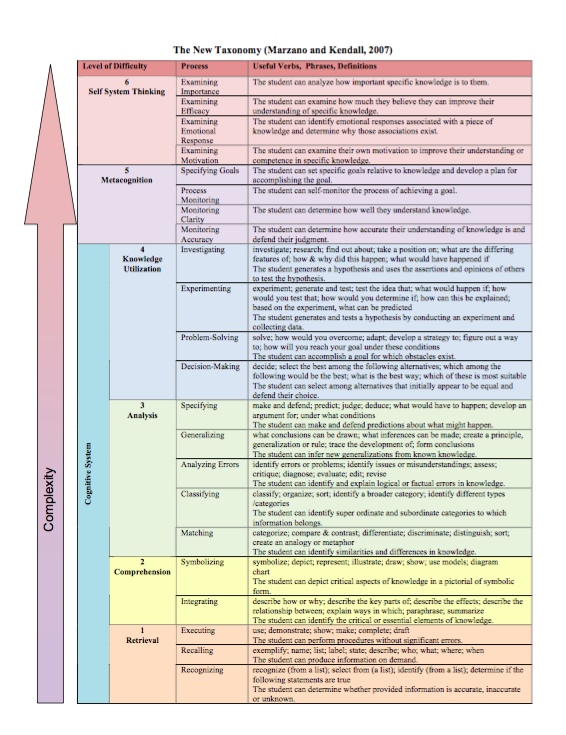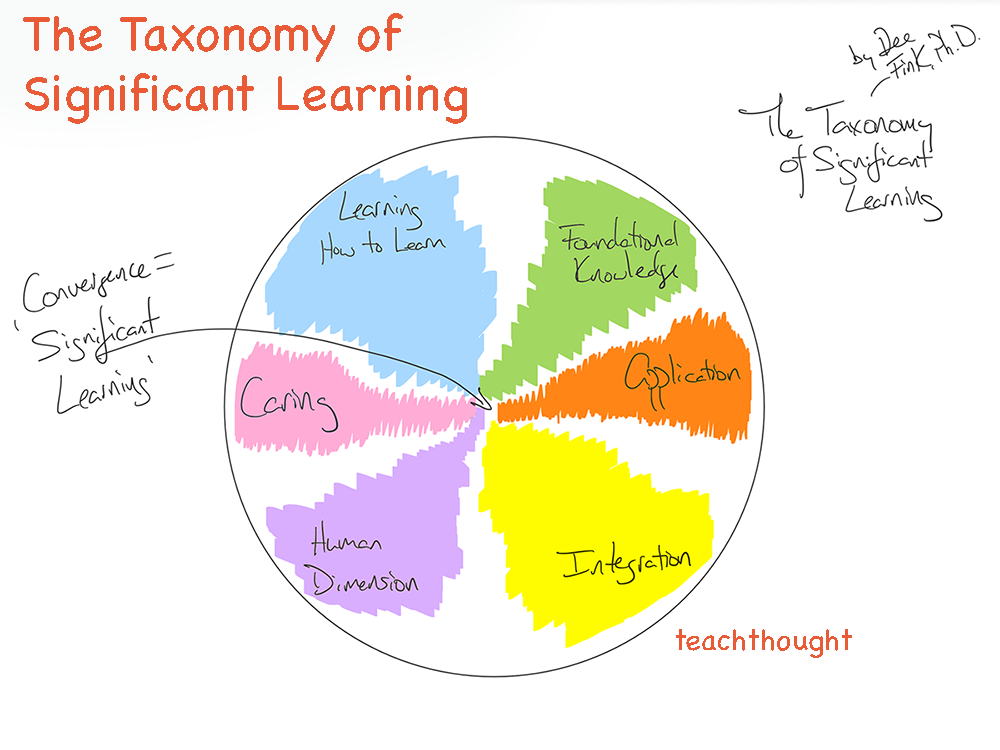1
by Staff
At the end of the day, teaching is on learning And learning is to understand.
And as technology evolves to allow more diverse and flexible forms of assessments, constantly improving our sense of understanding, during mobile learning, during projects based on projects and in a reverse class – can not only improve learning results, but perhaps the secret to provide personalized learning to each learner.
This content raises the question: why do we need alternatives to established and rooted stammers? Because Bloom is not supposed to be the alpha and omega of teaching, learning and evaluation of the supervision. Benjamin Bloom’s taxonomy does brilliant work to offer “verbs” in categories that impose a useful cognitive framework for planning learning experiences, but this neglects important ideas, such as UBD that UBD places at the top of understanding, or the idea of going from incompetence to competence that solo taxonomy offers.
So with apologies to Bloom (whose work we love), we have gathered six alternatives to its legendary and beaten taxonomy in the world, from teaching learning taxonomy, to work from Marzano to Fink, to understanding by design.
6 alternatives to bloom taxonomy for teachers
1. Teaching learning taxonomy


THE Teaching learning taxonomy Orders of isolated tasks which go less to more complexity in six areas:
- The parts (that is, explain or describe a concept in simple terms)
- The whole (that is, explain a concept in micro-detail and macro-context)
- Interdependence (that is, explain how a concept relates to similar and non-similar concepts)
- The function (that is, apply a concept in unknown situations)
- Abstraction (that is, demonstrate the nuance of a concept with art or insight)
- The ego (that is, the indirect future when learning the concept)
2. The six facets of UBD understanding


Created by Grant Wiggins and Jay Mctighe to work with and by their understanding by design model, the 6 facets of understanding are a non -hierarchical framework designed to help teachers assess and assess students’ understanding.
3. Marzano and Kendall / Taxonomy


Marzano and Kendall taxonomy Organize a score of processes in six categories, of the lowest level of difficulty. Verbs and sentences that can be accompanied by each category which can be useful for teachers in the design of evaluations and the assessment of control:
- Recovery (that is to say, execute, recall, recognize)
- Understanding (that is, integration and symbolize)
- Analysis (that is, corresponding, classify, analyze, generalize, specify)
- Use of knowledge (that is, decision-making, problem solving, experimentation, survey)
- Metacognition (i.e. accuracy monitoring, clarity monitoring, process monitoring, specification of objectives, examining motivation)
- Thought of self-system (that is, examining emotions, examining efficiency, examining importance)
4. Significant learning taxonomy


Dr. Dee Fink Taxonomy of significant learning Describe the attributes of “significant” learning as opposed to “less significant” learning (the first having greater endurance, resonance and potential to improve students’ learning, and the second being more centered on the class and less relevant or applicable outside the class). The Taxonomy Center is the “Sweet Spot” of learning design.
5. Webb knowledge fraft


Webb Depth of knowledge The framework is designed to promote rigor and organizes specific strategies and higher order reflection skills in four areas, moving from lower complexity to higher complexity:
- Reminder
- Competence / Concept
- Strategic thinking
- Extended reflection
6. Solo taxonomy


The solo represents the “structure of the observed learning results”. Created by John Biggs and Kevin Collis, the Solo taxonomy is made up of five levels of understanding, as illustrated above. According to Biggs, “at the beginning, we take only one or some aspects of the task (unstructural), then several aspects which are not linked (multi-structures), then we learn to integrate them into a whole (relational) whole, and finally, we are able to generalize everything that is still not learned (abstract).”



